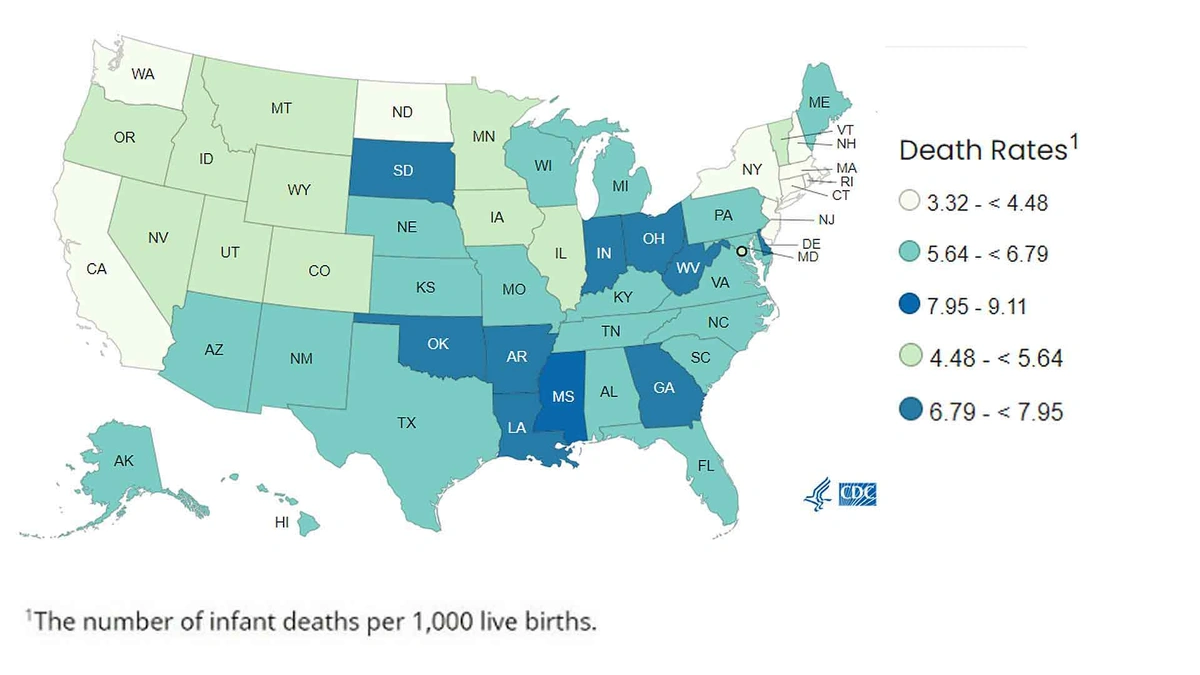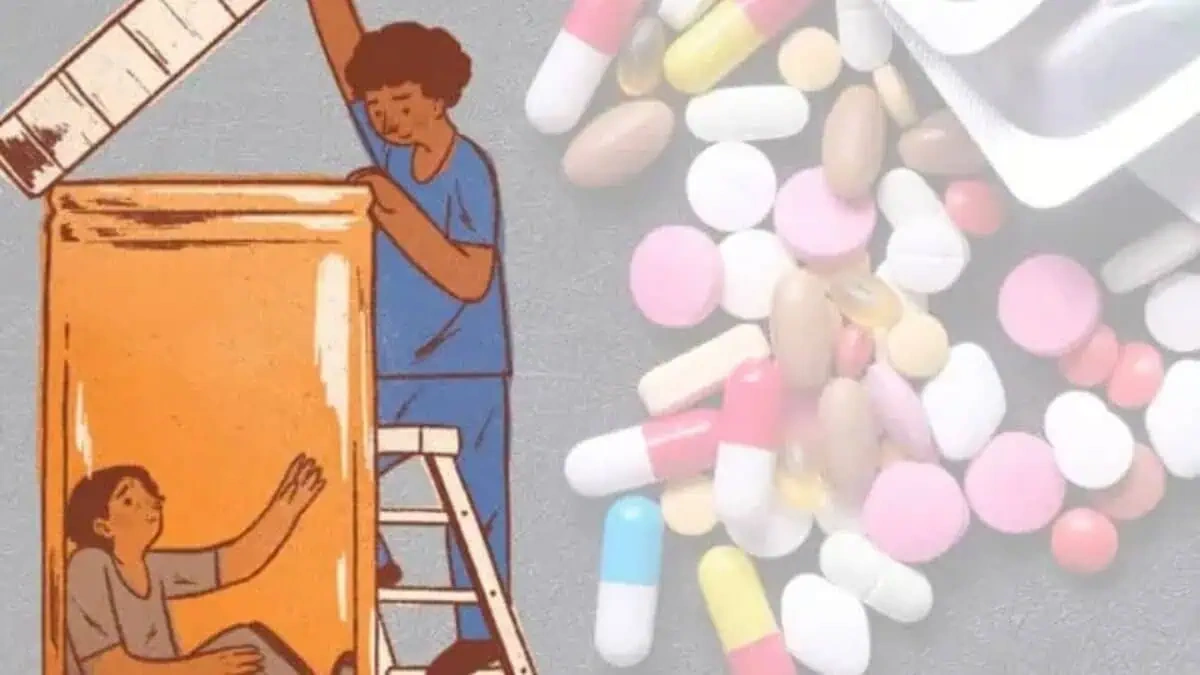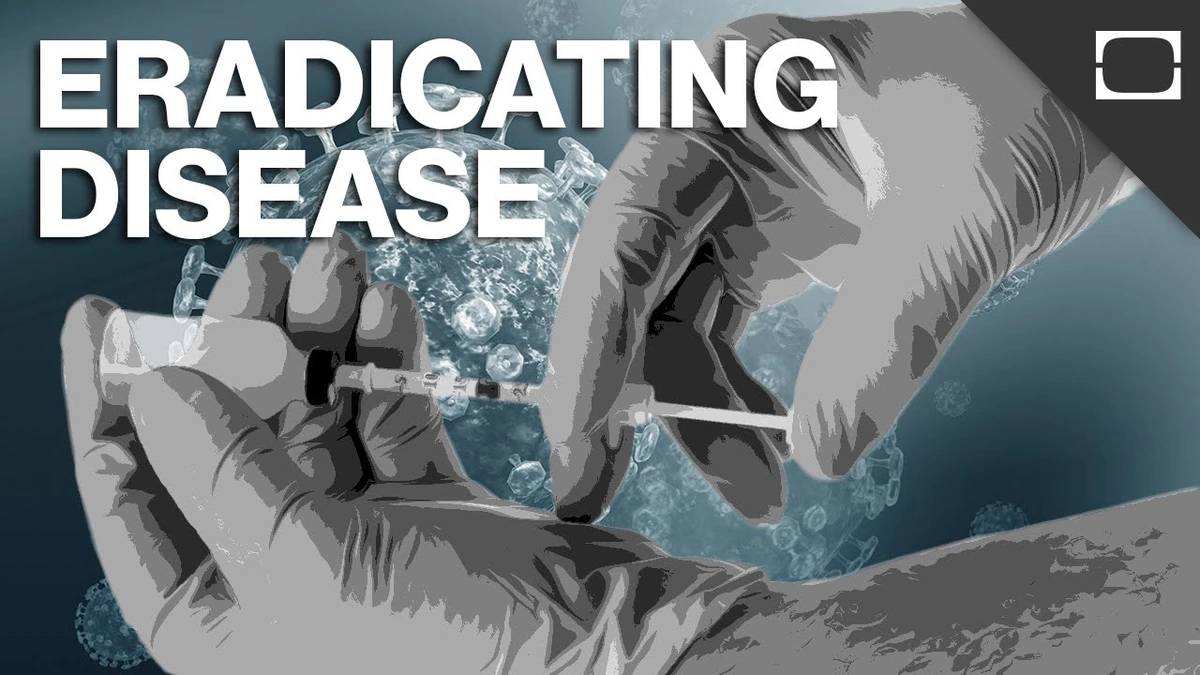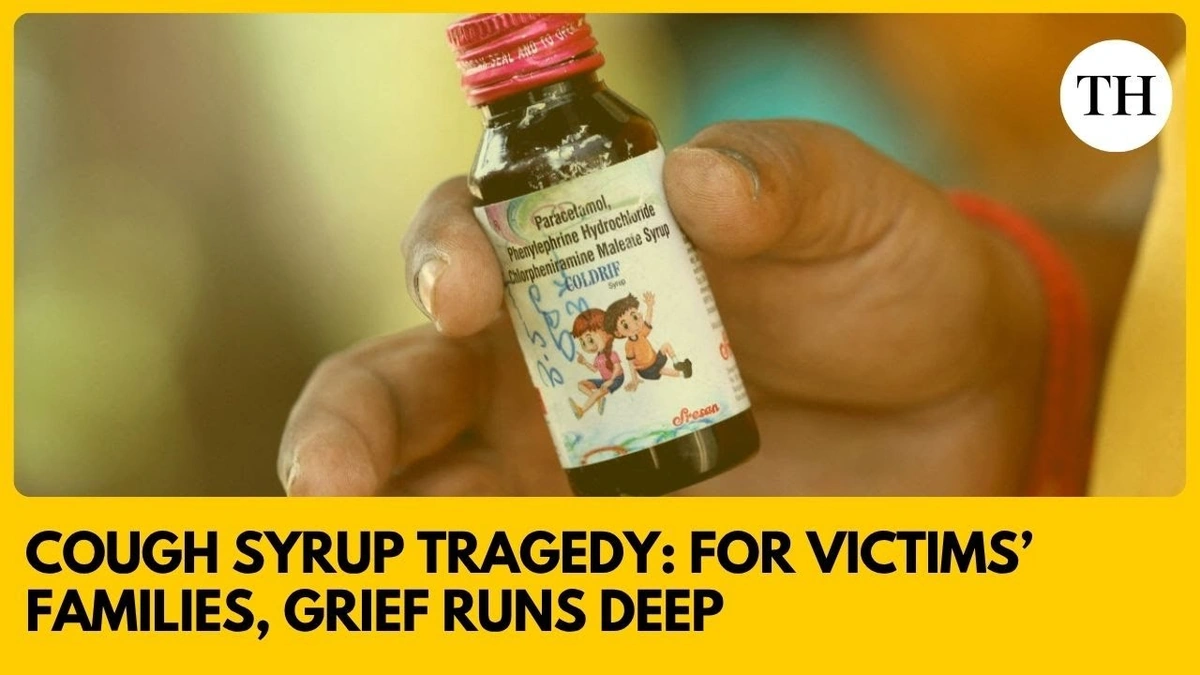Worldwide Young Adult Death Rate Analysis
Mortality. It’s a word that hums with weight, isn’t it? It’s something we often push to the back of our minds, especially when we’re young. But what happens when the numbers start shifting, when the young adult death rate trends upward globally? Let’s be honest – ignoring it isn’t an option. What fascinates me is digging into why these trends are happening. It’s not just about the statistics; it’s about understanding the lives behind them and what we can potentially do to change the narrative.
This isn’t going to be your typical dry data dump. Instead, think of this as a conversation over chai, where we explore the complexities of these trends, the reasons behind them, and what they might mean for the future. I initially thought this was a straightforward analysis, but then I realized the landscape is much more nuanced.
Unpacking the Global Trends in Young Adult Mortality
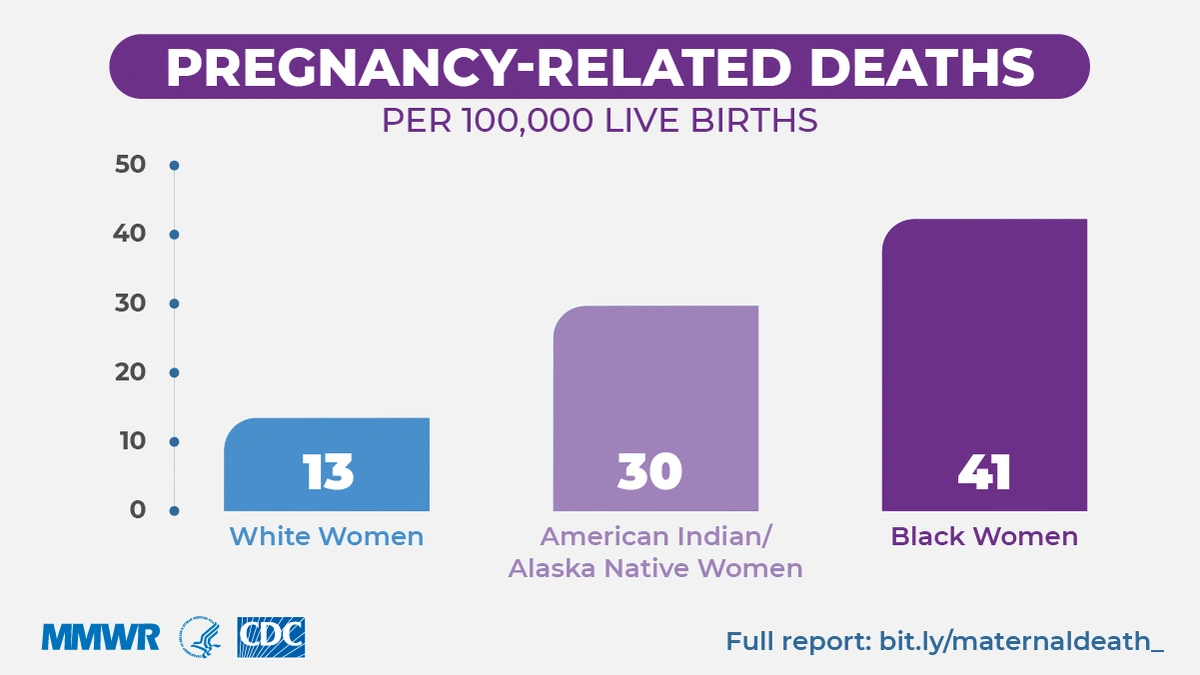
So, what exactly is happening? Globally, we’re seeing concerning shifts in young adult mortality rates – and it’s not uniform across the board. Some regions are experiencing improvements, while others are facing alarming increases. The key is that the causes are extremely varied, and that is really important to focus on.
According to the World Health Organization (WHO), several factors contribute to these trends, including infectious diseases, accidents, and, increasingly, non-communicable diseases like cardiovascular issues and mental health challenges. But, as per a study in the journal The Lancet, another, increasingly significant, factor is drug overdose (The Lancet). What’s happening here?
It’s not just about broad categories, either. Let’s consider India specifically. While India has made strides in reducing infant mortality, the focus needs to shift towards addressing the specific health challenges facing young adults. This might include improving access to mental health services, addressing substance abuse issues, and promoting safer driving habits. The numbers alone do not tell the full story; you need to dive deeper and check the details.
The “Why” | Socioeconomic Factors and Health Disparities
Here’s the thing: mortality isn’t just a medical issue; it’s deeply intertwined with socioeconomic factors. Poverty, lack of access to education and healthcare, and social inequality all play significant roles. A common mistake I see people make is thinking these are separate issues. They’re not. They’re all connected.
For example, young adults from marginalized communities often face greater barriers to accessing quality healthcare, making them more vulnerable to preventable diseases and premature death. They might also be more likely to engage in risky behaviors due to stress, lack of opportunity, or social pressures. This is where public health initiatives and targeted interventions become crucial.
But – and this is a big but – simply throwing money at the problem isn’t enough. We need culturally sensitive approaches that address the specific needs and challenges of these communities. Let me rephrase that for clarity: one-size-fits-all solutions simply don’t work. It’s about understanding the local context and tailoring interventions accordingly. As mentioned on BFuhs , comprehensive understanding is an integral part of problem-solving.
Mental Health | The Silent Crisis
Now, let’s talk about something that often gets overlooked: mental health. It’s no secret that young adults today face unprecedented levels of stress, anxiety, and depression. The pressures of social media, academic expectations, and career uncertainty can take a significant toll. And, unfortunately, many young people don’t have access to the mental health support they need.
The one thing you absolutely must double-check is that mental health challenges are often stigmatized, making it difficult for young people to seek help. This can lead to devastating consequences, including suicide. Suicide is a major contributor to increased mortality, and it’s a tragedy that is, in many cases, preventable. We need to create a culture where young people feel comfortable talking about their mental health and seeking support without fear of judgment. As the article on cough syrup dangers shows, a problem should be diagnosed before it is too late.
What fascinates me is the potential of technology to address this crisis. Online therapy platforms, mental health apps, and digital support groups can provide accessible and affordable mental health resources to young people, especially those in remote areas or with limited access to traditional healthcare. But the human connection remains vital.
Lifestyle Factors and Preventable Diseases
Of course, we can’t ignore the role of lifestyle factors in young adult death. Unhealthy diets, lack of physical activity, smoking, and excessive alcohol consumption all contribute to the rise of non-communicable diseases like heart disease, diabetes, and cancer. A common mistake I see people make is thinking these diseases are only a concern for older adults. The truth is, these problems are starting earlier in life, partly due to these factors.
But – and this is important – it’s not just about individual choices. It’s about creating environments that support healthy lifestyles. This means ensuring access to affordable and nutritious food, promoting physical activity in schools and workplaces, and implementing policies that discourage smoking and excessive alcohol consumption. Let’s be honest, it’s a complex issue with no easy answers.
We also need to address the growing problem of substance abuse. Opioid addiction, in particular, has become a major public health crisis in many countries, leading to countless preventable deaths among young adults. Effective prevention and treatment programs are essential to combatting this epidemic.
Moving Forward | A Call to Action
The trends in mortality rates among young adults are a wake-up call. We cannot afford to ignore these numbers or dismiss them as mere statistics. Every life lost is a tragedy, and we have a responsibility to take action. This requires a multi-faceted approach that addresses the underlying socioeconomic factors, improves access to healthcare, promotes mental health, and supports healthy lifestyles. It’s not just about saving lives; it’s about creating a future where all young people have the opportunity to thrive.
So, what can you do? Start by raising awareness, supporting organizations working on these issues, and advocating for policies that promote the health and well-being of young adults. And remember, even small actions can make a big difference. The numbers are just one part of a much bigger and serious problem.
FAQ Section
Frequently Asked Questions
What are the main causes of death for young adults worldwide?
Globally, the leading causes include accidents, injuries, infectious diseases, mental health issues (including suicide), and increasingly, non-communicable diseases and substance abuse.
How do socioeconomic factors contribute to young adult mortality?
Poverty, lack of access to education and healthcare, and social inequality create barriers to health and well-being, making young adults from marginalized communities more vulnerable.
What can be done to improve mental health among young adults?
Increasing access to affordable and culturally sensitive mental health services, reducing stigma, and promoting online and community-based support are crucial steps.
How important are lifestyle choices in preventing premature death?
Very important. Healthy diets, physical activity, and avoiding smoking and excessive alcohol consumption can significantly reduce the risk of non-communicable diseases.
Where can I find reliable data on mortality rates?
The World Health Organization (WHO) and national health agencies are excellent sources of information and reports.
What role can technology play in addressing these challenges?
Technology can improve access to healthcare and mental health support, provide education and resources, and facilitate communication and support networks.
